Scientists say they created first cloned embryo from primate
Scientists said Wednesday they had created the world's first cloned embryo from a monkey.
Wednesday, 14.11.2007.
14:37

Scientists said Wednesday they had created the world's first cloned embryo from a monkey. AFP reports this could spur cloning of human cells for use in medical research. Scientists say they created first cloned embryo from primate In a paper published online by the journal Nature, a US-led team said they had created cloned embryos from rhesus macaques using the same method that created Dolly the Sheep and other animals. It is the first time that this technique has been successfully used to create cloned primate embryos. The group generated two lines of embryonic stemcells from the embryos, according to the research headed by Shoukhrat Mitalipov of the Oregon Health and Science University in Beaverton, Oregon. Dolly, the world's first cloned animal, was created in 1996, by using so-called somatic cell nuclear transfer (SCNT). Under it, the genetic core of an egg is removed and replaced with the nucleus of an adult stem cell. The egg is then stimulated with chemicals or a jolt of electricity to prompt its division. The list of other cloned creatures using SCNT includes mice, pigs, cats, cows and dogs. Until now, though, there has been no cloned primate, as researchers encountered obstacles that caused cell development to be flawed. Work on primate cloning has stirred controversy that it could open the door to cloning human beings. In an exceptional move, Nature said it was moving forward release of the paper because of "continuing speculation" about the research, following media reports at the weekend. Researchers distinguish between "reproductive cloning," in which a putative cloned baby would be born and "therapeutic cloning," in which only cloned cells would be used, for medical reasons, and no baby would result. Stemcells are immature cells that develop into the specific tissues of the body. Embryonic stemcells have the highest capability of all, because they can differentiate into any tissue. Scientists hope to be able to coax these cells into one day becoming replacement tissue for organs that are damaged or diseased. Transplanted cells from a donor, though, run the risk of being attacked as intruders by the patient's immune system. By creating stemcells that are cloned with the patient's own DNA the risk of rejection would be skirted.
Scientists say they created first cloned embryo from primate
In a paper published online by the journal Nature, a US-led team said they had created cloned embryos from rhesus macaques using the same method that created Dolly the Sheep and other animals.It is the first time that this technique has been successfully used to create cloned primate embryos.
The group generated two lines of embryonic stemcells from the embryos, according to the research headed by Shoukhrat Mitalipov of the Oregon Health and Science University in Beaverton, Oregon.
Dolly, the world's first cloned animal, was created in 1996, by using so-called somatic cell nuclear transfer (SCNT).
Under it, the genetic core of an egg is removed and replaced with the nucleus of an adult stem cell.
The egg is then stimulated with chemicals or a jolt of electricity to prompt its division.
The list of other cloned creatures using SCNT includes mice, pigs, cats, cows and dogs.
Until now, though, there has been no cloned primate, as researchers encountered obstacles that caused cell development to be flawed.
Work on primate cloning has stirred controversy that it could open the door to cloning human beings.
In an exceptional move, Nature said it was moving forward release of the paper because of "continuing speculation" about the research, following media reports at the weekend.
Researchers distinguish between "reproductive cloning," in which a putative cloned baby would be born and "therapeutic cloning," in which only cloned cells would be used, for medical reasons, and no baby would result.
Stemcells are immature cells that develop into the specific tissues of the body.
Embryonic stemcells have the highest capability of all, because they can differentiate into any tissue. Scientists hope to be able to coax these cells into one day becoming replacement tissue for organs that are damaged or diseased.
Transplanted cells from a donor, though, run the risk of being attacked as intruders by the patient's immune system. By creating stemcells that are cloned with the patient's own DNA the risk of rejection would be skirted.
















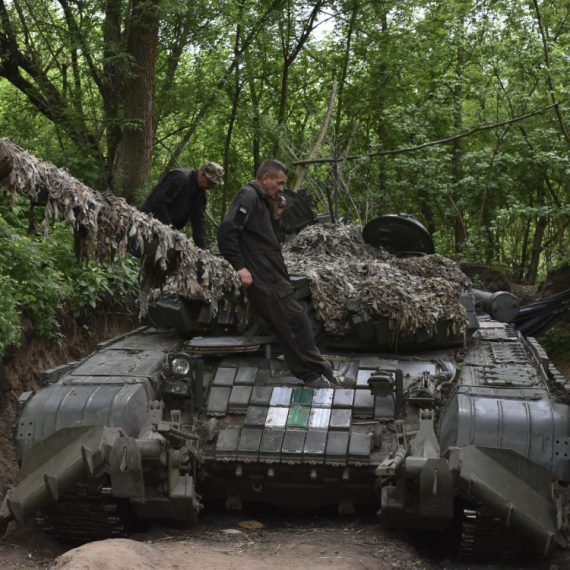



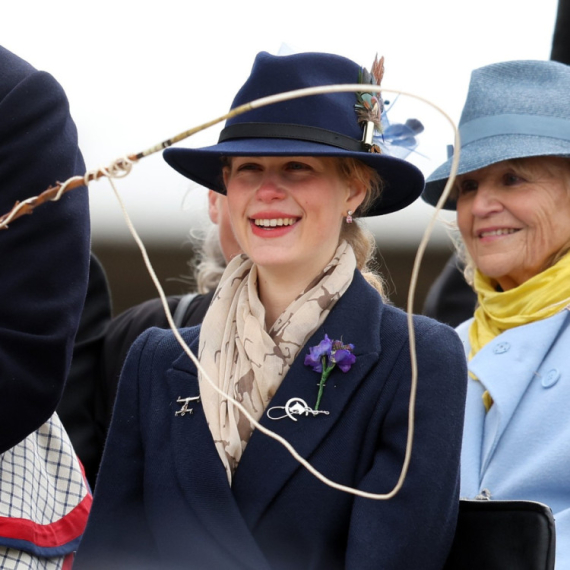


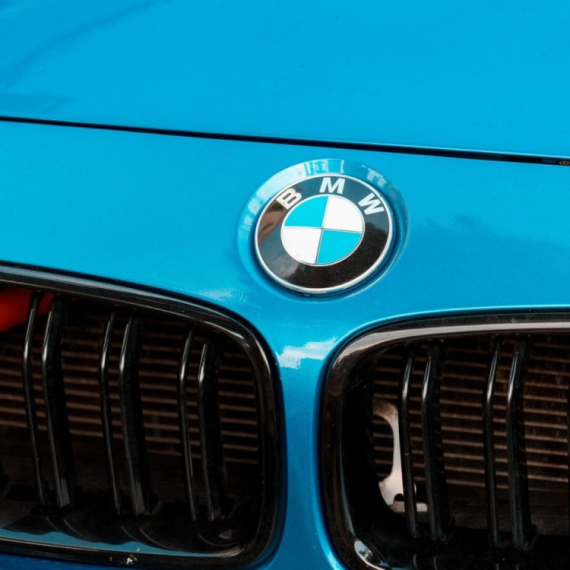
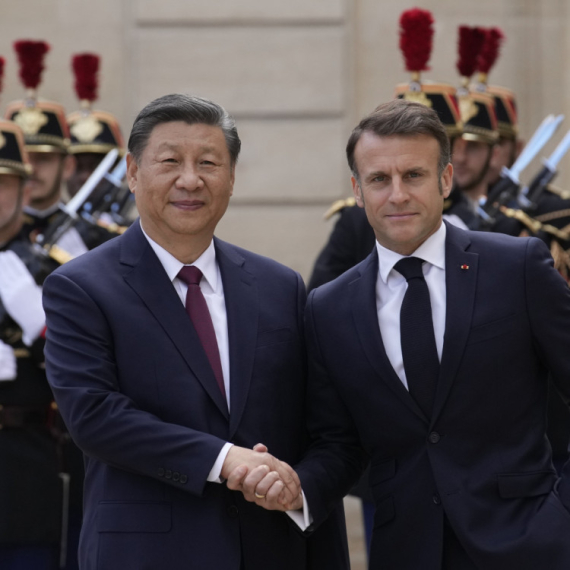
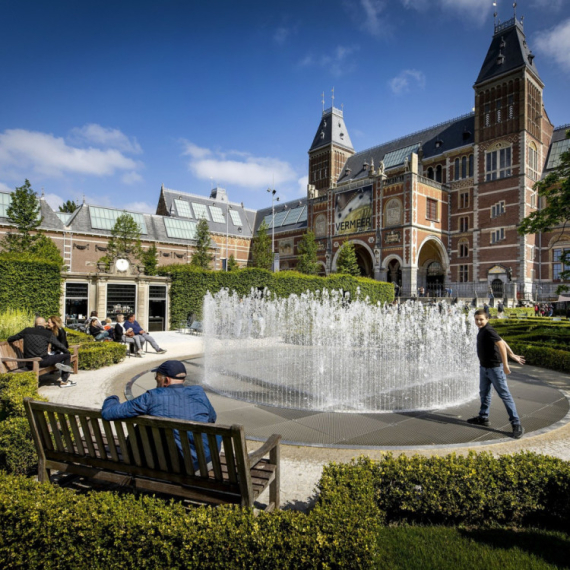



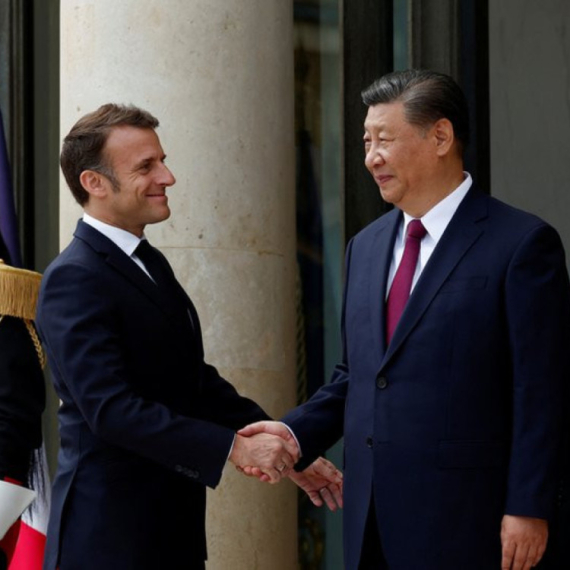

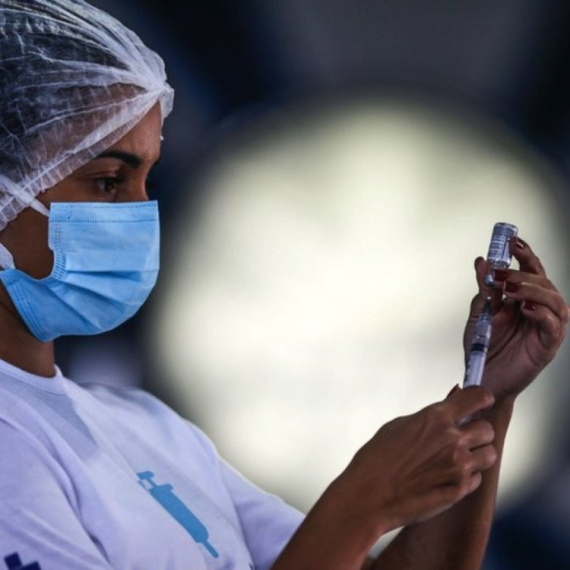


Komentari 0